In the world of coffee aficionados, the espresso maker reigns supreme. It’s not just a kitchen appliance; for many, it’s an essential tool that brings the café experience home. Whether you’re a novice or a seasoned barista, understanding the nuances of an espresso machine can elevate your coffee game. This guide will take you through the intricacies of making perfect espresso, from choosing the right machine to mastering your brewing technique.
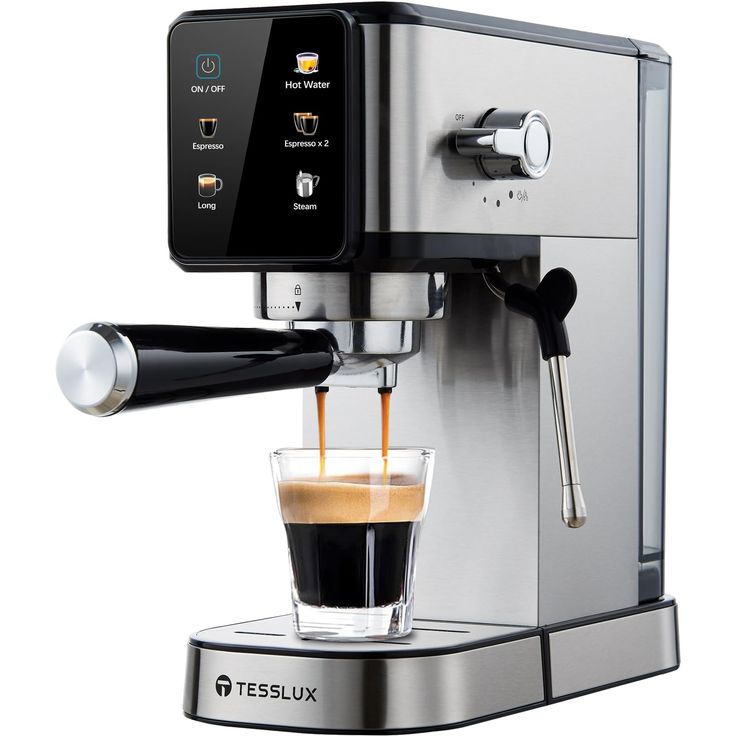
What is an Espresso Maker?
An espresso maker is a specialized coffee machine that plays a significant role in the world of coffee by brewing rich and concentrated coffee. It operates by forcing hot water through finely-ground coffee beans at high pressure, a method that extracts the essential oils and flavors, giving rise to a delightful and aromatic drink known as espresso. This concentrated coffee shot is the foundation for many classic coffee beverages, such as lattes and cappuccinos. There are various types of espresso makers available on the market, including manual, semi-automatic, automatic, and capsule machines. Each type of espresso maker offers different levels of control, user experience, and convenience, allowing coffee enthusiasts to choose one that best fits their lifestyle and preferences. For true coffee lovers, investing in a high-quality espresso maker is crucial for consistently achieving that perfect espresso shot in the comfort of their own home, elevating their coffee experience to new heights.
Choosing the Right Espresso Maker for Your Needs
When selecting an espresso maker, it’s essential to consider your personal preferences and brewing habits. Do you value convenience, or are you eager to experiment with manual brewing techniques? Here are some key factors to guide your decision:
- Types of Machines: Evaluate whether you want a manual machine that allows for full control over the brewing process, a semi-automatic machine that balances automation and control, or a fully automatic machine for the ultimate convenience.
- Size and Capacity: Consider how much counter space you have and how many cups you typically brew at a time. Smaller machines can fit in tighter spaces, while larger models may offer more features.
- Budget: Espresso makers come at various price points. Determine how much you’re willing to spend and consider if the additional features justify the price.
- Ease of Cleaning: Some espresso makers require more maintenance than others. Look for machines with easily removable parts that simplify the cleaning process.
Choosing the right espresso maker can be the difference between a great coffee experience and a frustrating one. Take your time, research thoroughly, and pick one that aligns with your expectations.
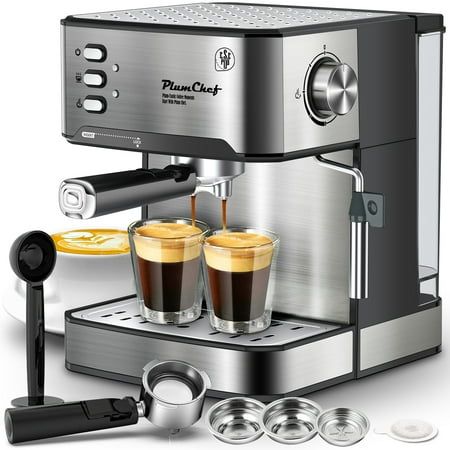
Essential Components of an Espresso Maker
An espresso maker is comprised of several essential components that work in tandem to create that perfect brew. Understanding these parts can help you better appreciate your machine and troubleshoot issues if they arise. Here are the key components:
- Water Tank: The reservoir that holds water for brewing. Larger tanks mean less frequent refilling.
- Boiler: This element heats the water to the necessary temperature, essential for proper extraction.
- Pump: This creates the pressure needed to force water through the coffee grounds. A good quality pump ensures a consistent extraction.
- Portafilter: This is where you place your coffee grounds. The quality and build of the portafilter can affect the espresso’s flavor and cream.
- Group Head: The part of the machine that holds the handle and distributes hot water evenly over the coffee grounds.
- Steam Wand: Common in many espresso makers, this allows you to froth milk for lattes and cappuccinos.
Familiarizing yourself with these components will enhance your manual and automated brewing processes. It also helps in ensuring that your espresso maker lasts longer.
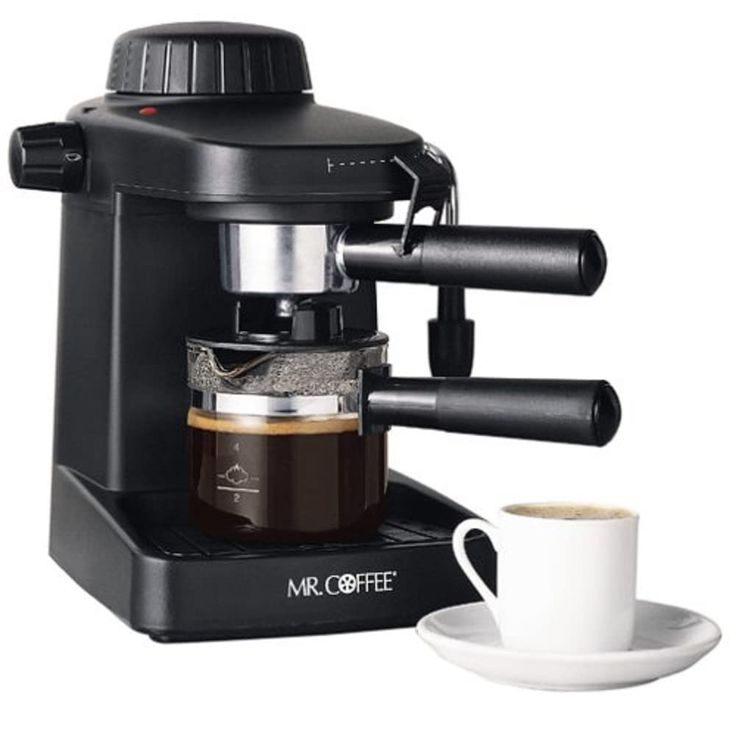
Mastering the Art of Brewing with an Espresso Maker
Brewing the perfect cup of espresso involves mastering several key elements, including grind size, tamping pressure, water temperature, and brewing time. Here’s a step-by-step process:
- Choosing the Right Coffee Beans: Start with high-quality, fresh beans. The type of beans you choose will significantly impact the flavor of your espresso.
- Grinding: The grind size is critical; it should be fine but not powdered. This allows for proper extraction while preventing clogging.
- Tamping: Evenly distribute your grounds in the portafilter and apply firm pressure to create a level surface. This ensures uniform water distribution for extraction.
- Water Temperature: The ideal brew temperature is typically between 190°F to 205°F. Too hot or too cold can lead to bitter or weak coffee.
- Brew Time: Aim for a brew time of approximately 25 to 30 seconds. Monitor this time to achieve the best flavor extraction.
By honing these skills, you’ll be able to harness the full potential of your espresso maker, producing shot after shot of rich, flavorful espresso.
Common Issues and How to Troubleshoot Your Espresso Maker
Even the best espresso makers have their quirks, and troubleshooting common issues can save you from frustration. Here are some typical problems you may encounter and their solutions:
- Low Pressure: This can lead to weak coffee. Check the pump and ensure the grind size is appropriate; a finer grind often resolves this issue.
- Bitter Espresso: If your coffee tastes overly bitter, it might be due to over-extraction. Reduce your brew time or adjust your grind size to a coarser setting.
- Clogged Portafilter: A blockage can hinder water flow. Regularly clean your portafilter and check for coffee oils or grounds build-up.
- Steam Wand Issues: If the steam wand isn’t frothing milk well, it may be clogged. Purge it before use and clean it promptly after each use to avoid residue build-up.
Troubleshooting these common problems can extend the life of your espresso maker while ensuring consistently great coffee.
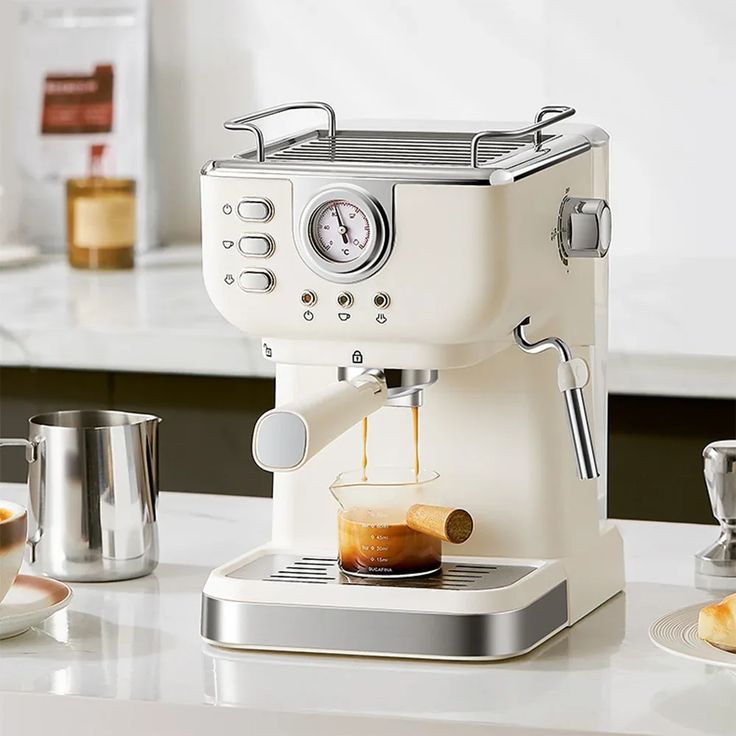
The Benefits of Owning an Espresso Maker
Investing in an espresso maker comes with a multitude of benefits, particularly appealing to the coffee enthusiast keen on perfecting their brew. Here are key reasons why owning one is a worthwhile decision:
- Convenience: Imagine skipping the long lines at coffee shops and enjoying barista-quality espresso within the comfort of your home. With an espresso maker, you can whip up your favorite beverage at any time of day, whether it’s a Monday morning pick-me-up or an evening indulgence.
- Cost-Effective: While the initial investment in an espresso maker may seem significant, over time, it can lead to substantial savings. Regularly purchasing espresso from cafes can quickly add up, but brewing at home significantly reduces this expense, allowing you to enjoy high-quality coffee without the premium price tag.
- Customization: One of the most exciting benefits of owning an espresso maker is the ability to customize your coffee-making process. Whether it’s adjusting the grind size, selecting the ideal brewing time, or experimenting with different coffee beans, you have full control to craft a beverage that perfectly matches your unique taste preferences.
- Quality Control: With an espresso maker, you can ensure that only fresh, high-quality ingredients are used in your coffee. This level of control helps maintain the flavor and aroma you desire, guaranteeing that each cup meets your personal standards.
Owning an espresso maker not only fulfills your coffee cravings but also enhances your home kitchn, transforming coffee preparation into an enjoyable and rewarding experience.
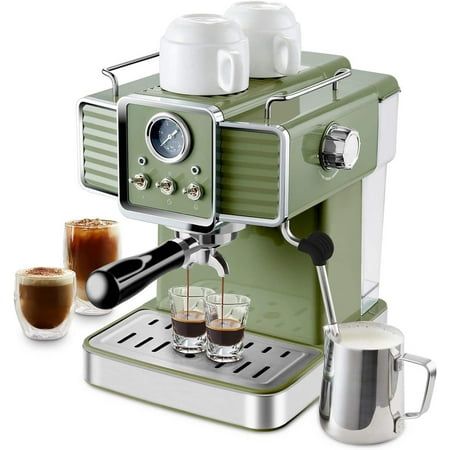
Exploring Advanced Techniques with Your Espresso Maker
Once you become comfortable with your espresso maker, you might want to explore advanced techniques. Here are some areas to delve into:
- Latte Art: Mastering the technique of milk frothing is essential for creating stunning latte art, which significantly enhances the aesthetic appeal of your coffee. With practice, you can transform a simple cup of coffee into a delightful visual experience, impressing friends and elevating your enjoyment of this popular beverage.
- Blending Beans: Experiment with blending different beans to create unique flavors and profiles.
- Modified Brewing Methods: Explore techniques like the pour-over espresso or variations in brewing time and temperature to discover your preferences.
- Using Scales: Weighing your coffee and water can bring precision to your brewing process.
Gaining expertise in these advanced techniques can transform your espresso-making skills and impress your friends and family with your barista capabilities.
Conclusion
An espresso maker opens up a world of coffee enjoyment, from brewing the perfect shot to exploring advanced techniques and customizing your experience. By investing time in understanding your machine and the brewing process, you can elevate your coffee experience to new heights. Whether you’re looking to replicate café-style espresso at home or simply enjoy a better brew, an espresso maker is your ultimate ally in the pursuit of perfect coffee. Dive into the art of espresso-making and indulge in the rich flavors and aromas that come with it.
